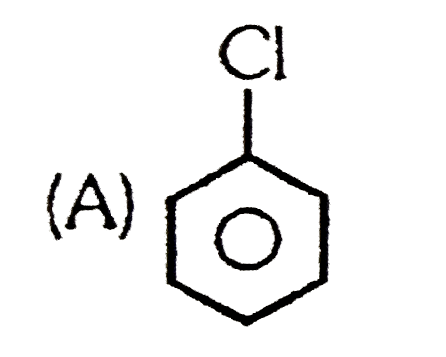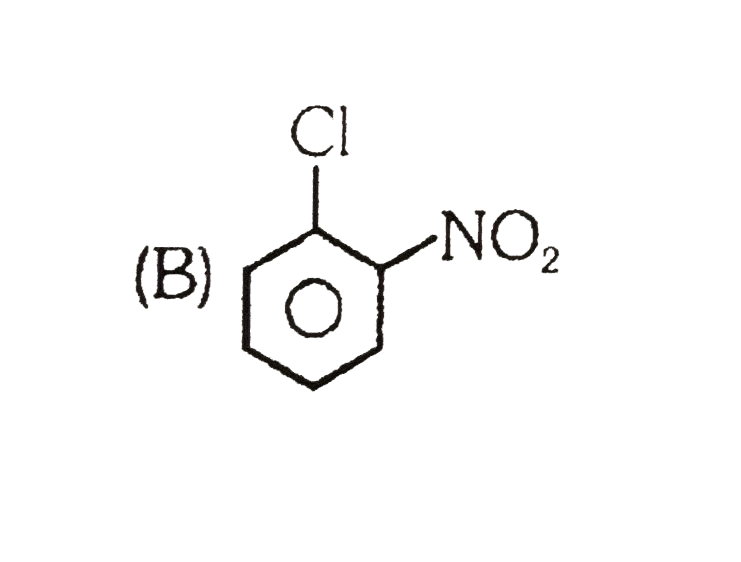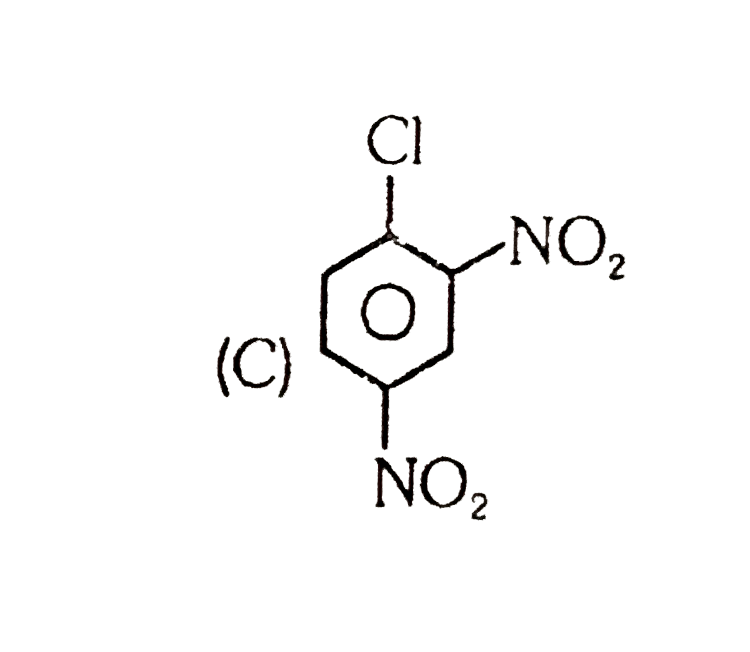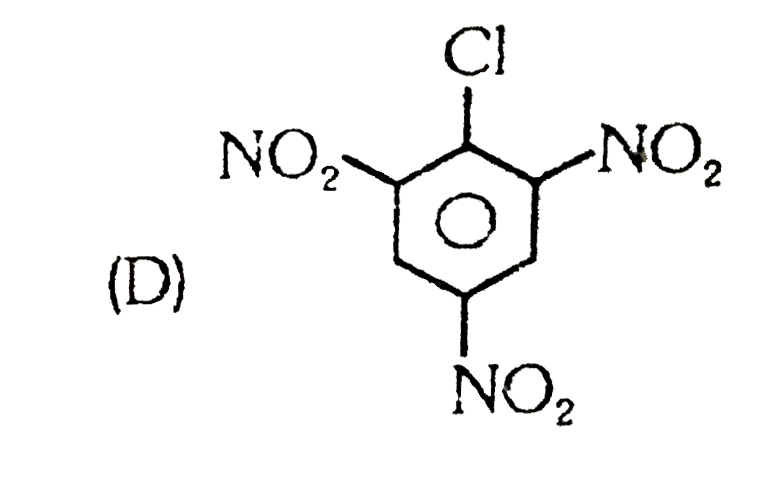Which of the following undergoes nitration most easily?



CH3NO2
The correct Answer is:1
To determine which compound undergoes nitration most easily, we need to analyze the electron density on the aromatic rings of the given compounds. Nitration involves the electrophilic substitution of a nitro group (NO2) onto the aromatic ring, and the rate of this reaction depends on the electron density of the ring. Higher electron density makes the ring more reactive towards electrophiles.
1. Understand the Nitration Process:
- Nitration is performed using a mixture of concentrated nitric acid (HNO3) and sulfuric acid (H2SO4). In this reaction, H2SO4 acts as a catalyst and helps generate the nitronium ion (NO2+), which is the active electrophile in the nitration process.
2. Identify the Compounds:
- Let's assume we have a few aromatic compounds to compare, such as benzene, toluene (methylbenzene), chlorobenzene, and nitrobenzene.
3. Analyze Electron Donating and Withdrawing Effects:
- Benzene: Neutral, no electron-donating or withdrawing groups.
- Toluene (C6H5CH3): The methyl group (–CH3) is an electron-donating group (+I effect), which increases the electron density on the benzene ring, making it more reactive towards electrophiles.
- Chlorobenzene (C6H5Cl): The chlorine atom has a +R (resonance) effect but also a –I (inductive) effect. The –I effect is stronger than the +R effect, leading to a decrease in electron density on the ring, making it less reactive.
- Nitrobenzene (C6H5NO2): The nitro group (–NO2) is a strong electron-withdrawing group (–M and –I effects), significantly decreasing the electron density on the ring, making it very unreactive towards nitration.
4. Determine the Compound with Highest Electron Density:
- Among the compounds analyzed, toluene has the highest electron density due to the +I effect of the methyl group. Therefore, it will undergo nitration most easily.
5. Conclusion:
- The compound that undergoes nitration most easily is toluene (C6H5CH3).
- Nitration is performed using a mixture of concentrated nitric acid (HNO3) and sulfuric acid (H2SO4). In this reaction, H2SO4 acts as a catalyst and helps generate the nitronium ion (NO2+), which is the active electrophile in the nitration process.
- Let's assume we have a few aromatic compounds to compare, such as benzene, toluene (methylbenzene), chlorobenzene, and nitrobenzene.
- Benzene: Neutral, no electron-donating or withdrawing groups.
- Toluene (C6H5CH3): The methyl group (–CH3) is an electron-donating group (+I effect), which increases the electron density on the benzene ring, making it more reactive towards electrophiles.
- Chlorobenzene (C6H5Cl): The chlorine atom has a +R (resonance) effect but also a –I (inductive) effect. The –I effect is stronger than the +R effect, leading to a decrease in electron density on the ring, making it less reactive.
- Nitrobenzene (C6H5NO2): The nitro group (–NO2) is a strong electron-withdrawing group (–M and –I effects), significantly decreasing the electron density on the ring, making it very unreactive towards nitration.
- Among the compounds analyzed, toluene has the highest electron density due to the +I effect of the methyl group. Therefore, it will undergo nitration most easily.
- The compound that undergoes nitration most easily is toluene (C6H5CH3).
Similar Questions
Knowledge Check
Which of the follwing undergoes nitration most readily?
ATolueneBStyreneCChlorobenzeneDphenolWhich of the following undergoes nitration most easily?
AAcetophenoneBBenzonitrileCBenzaldehydeDbenzeneWhich of the following undergoes Hydrolysis most easily:
A B
B C
C D
D
Which one of the following undergoes nitration reactions most readily?
View SolutionWhich of the following does not undergoes nitration?
View SolutionWhich of the following compounds undergoes nitration at fastest rate ?
View SolutionIn which of the following the nitration will be most easy?
View SolutionWhich one of the following undergoes decarboxylation most readily?
View Solution